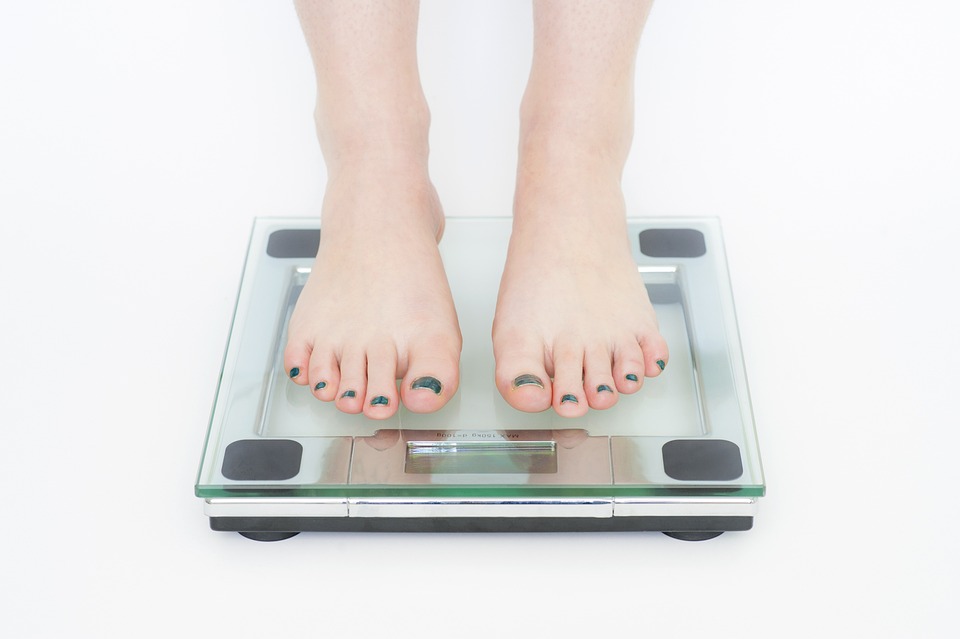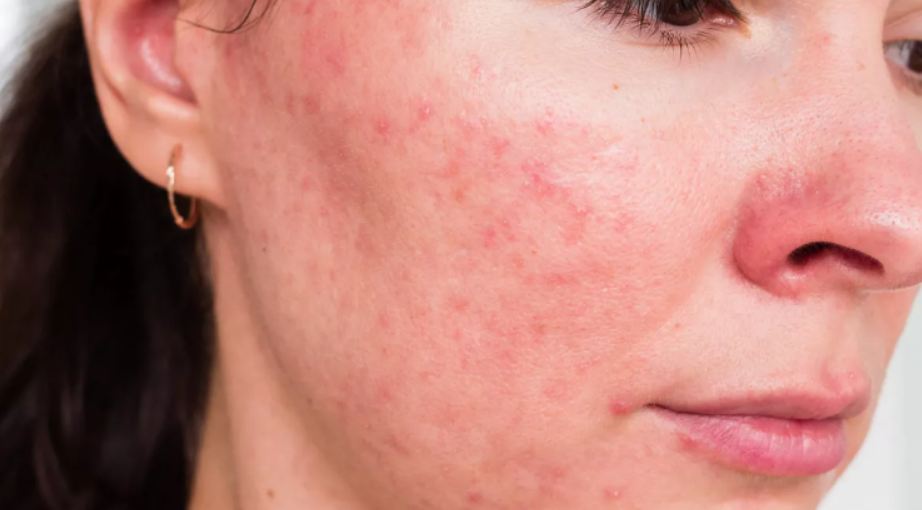[ad_1]

Oh the weather outside is frightful… and it’s getting even less delightful. 🌨
For people living in colder, wintery climates, the short days of winter can feel like they’re dragging on and on. Especially in January and February, the cold weather and lack of sunlight can start to take a toll on the body—both physically and mentally.
Seasonal Affective Disorder (appropriate acronym SAD) is, unfortunately, a relatively common experience for people living in higher latitudes with colder, wintery climates and notably shorter, darker winter days.
What is seasonal affective disorder?
Seasonal Affective Disorder (SAD) is a not-so-clinical term for depression with a seasonal pattern. It’s most common at higher latitudes (where winter months are colder and darker than places closer to the equator). So, for example, it’s much more common for people who live in Canada than in Florida. It’s also more common in women and adolescents.
Seasonal Affective Disorder is, in large part, caused by reduced exposure to sunlight.
Here’s why that matters for more than just our tan: Humans get most of our vitamin D through sunlight. Vitamin D happens to be hugely important to proper bodily functioning, and has a particularly significant impact on immunity and mood. Because most of our vitamin D comes from sunlight, reduced sunshine in the winter can lead to levels dropping too low, especially in the later winter months.
The symptoms of Seasonal Affective Disorder
Some of the common symptoms of Seasonal Affective Disorder are:
-
fatigue
-
feelings of sadness or hopelessness
-
increased irritability
-
reduced interest in hobbies or social activities
-
increased appetite and carb cravings
Because the symptoms of Seasonal Affective Disorder can also be caused by other health concerns, it’s important to speak with your doctor to determine the underlying cause of any of these symptoms you may be experiencing.
Though the primary cause of Seasonal Affective Disorder (lack of sunlight in winter months) may not be fully avoidable if you live in a colder, wintery climate, there are some simple, natural “remedies” that can help mitigate its effects:
Foods rich in Vitamin D
There actually aren’t many food sources containing sufficient levels of vitamin D. Sunlight is our primary and best source of it.
Unfortunately, modern lifestyles have us spending more time indoors than ever before in human history (thanks, office job!), so many of us are not building up proper amounts of vitamin D from sunlight, even during summer months. (The human body can store vitamin D for months, so proper exposure during the summer can help get you through less sun exposure in the winter.)
For anyone not getting enough vitamin D from sunlight, it’s a good idea to incorporate more vitamin D-rich foods into your diet. Though there aren’t many, there are a few specific foods high in this nutrient, most of which have been used for centuries by populations without access to year-round sunshine:
-
Fatty fish: salmon, sardines, herring, tuna
-
Oysters & shrimp
-
Egg yolks (Note: Eggs from pasture-raised chickens—those roaming outside in sunlight—contain 3-4 times the vitamin D as those raised indoors. Look for “pasture-raised” on the label, which is not the same as “cage-free.”)
-
Mushrooms
-
Cod liver oil
-
Fortified foods: cow’s milk, soy milk and cereals are often fortified with vitamin D, though usually at lower levels than natural sources
There are two types of vitamin D obtained from food sources: D2, which is found in plants and yeasts, and D3, which is found in animal products. D3 is more effective at raising blood levels of vitamin D.
Eating more foods rich in vitamin D can help to keep levels up during the winter. But, if you’re not able to eat these foods in large quantities daily to get enough vitamin D… supplements are another option:
Vitamin D3 supplements
One of the simplest ways to make up for lack of sunshine in the winter is with a vitamin D supplement. Your doctor is the best source for determining your ideal daily intake, but in general we aim for up to 4,000 IU daily.
Remember, animal sources tend to be a bit better at raising blood levels of vitamin D than plant and yeast sources.
Here are some of our favorite vitamin D supplements:
[ad_2]



